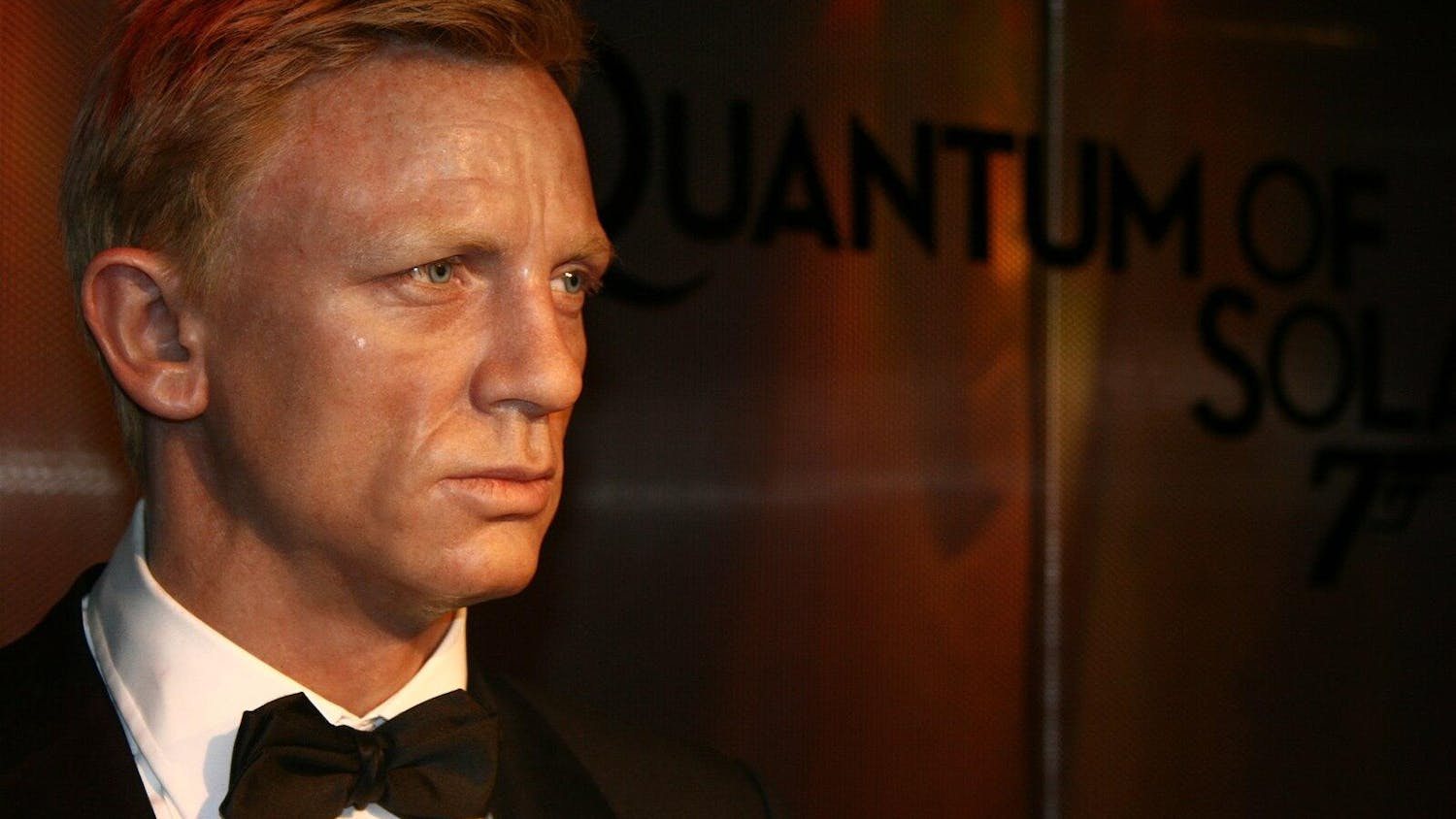The theater world was recently rocked by the news that Broadway’s longest running show, “The Phantom of the Opera” (1986), is closing in February 2023, 35 years after it opened on Broadway at the Majestic Theatre. An iconic fixture of Broadway since 1988, Andrew Lloyd Webber’s “Phantom” is struggling to sell enough tickets to offset its weekly costs. It’s the latest and most high-profile show to announce its closure during the pandemic as audiences have been slow to return to theaters.
When the COVID-19 pandemic hit in 2020, the entire entertainment industry had to quickly adapt to the unforeseen circumstances. Movie and television sets were temporarily shuttered, but producers eventually found ways to shoot their projects safely. Musicians canceled their tours, but many artists continued releasing music. For theater, however, there was no COVID-19-safe alternative. As live performances around the country were canceled, all 41 Broadway theaters closed their doors on March 12, 2020. Once COVID-19 numbers declined and vaccines became widely available, Broadway finally reopened in September 2021, but this was only half the battle. This last year has shown that Broadway has yet to fully recover from its 18-month closure as shows continue to struggle with low ticket sales.
“The Phantom of the Opera” is joined by a myriad of other Broadway shows that have become victims of the pandemic. “Mean Girls” (2017) and “Frozen” (2017), two popular screen-to-stage musical adaptations, were permanently closed in the midst of the Broadway shutdown. “Dear Evan Hansen” (2015) which won six Tony Awards including Best Musical, closed this fall after six years on Broadway, along with “Come from Away” (2013) and “Tina” (2018), which opened on Broadway in 2017 and 2019, respectively.
The pandemic has also impacted the latest crop of Broadway shows that opened this year. Of the six new shows nominated for Best Musical at the Tony Awards this June, three have already closed. This year’s winning musical, “A Strange Loop” (2019), which has been praised for its depictions of Black and queer experiences, recently announced a January 2023 closing date. The recent revival of Stephen Sondheim’s “Company” (1970) closed in July 2022, just a month after winning five Tonys. After being forced out of its original theater in 2020 to make way for “The Music Man” (1957), “Beetlejuice” (2018) returned to Broadway in a new venue this spring. Despite the popular demand that brought it back to New York, “Beetlejuice” has struggled to fill seats this fall, and producers announced the show will take its final bow on Jan. 8, 2023, just a week after the closing of “The Music Man.”
Although COVID-19 restrictions have eased and theaters no longer require patrons to wear masks, audiences are still hesitant to return to Broadway thanks at least in part to ongoing public health concerns. Audience numbers were especially low during last winter’s omicron variant surge, as many shows were forced to close temporarily or bring in understudies and swings to replace cast members out with COVID-19. However, box office numbers have climbed steadily in recent weeks as theatergoers flock to see new plays and musicals opening this fall. The shows that recently announced their closings, such as “Phantom” and “A Strange Loop,” are doing especially well right now. But this doesn’t mean Broadway’s problems are solved.
How can Broadway rebound from COVID-19 and bring audiences back to the theater? In recent years, Broadway has produced a seemingly endless number of screen-to-stage adaptations in hopes that theatergoers will be attracted by stories they already know. Although many of these shows have found long-term popularity, like “The Lion King” (1997), “Aladdin” (2011) and “Moulin Rouge!” (2018) most of them lean too much on the success of their film counterparts and fail to make an impact. Many of Broadway’s biggest recent hits have been original works like “The Book of Mormon” (2011), “Hamilton” (2015) and “Hadestown” (2006). Or look at recent revivals of classic shows like “Oklahoma!” (1943) and “Spring Awakening” (2006) which tell familiar stories in innovative ways. Broadway needs more fresh ideas like these that forge new paths for theater and get audiences excited about returning to New York.
One of the biggest fundamental problems with Broadway is that it’s not accessible to the general public. Theater fans have to travel to New York and pay hundreds of dollars to see some of the most in-demand shows. Presenters can remedy this issue with more national tours, where fans can see Broadway caliber shows closer to home for a lower price, and struggling shows can make a profit. The industry also needs more pro-shots, or filmed versions of live productions, which bring the theater viewing experience to a wider audience. Pro-shots have other benefits too — according to creator and star Lin-Manuel Miranda, the release of the “Hamilton” pro-shot on Disney+ in 2020 actually increased demand for the live performances. By making Broadway more accessible, producers can introduce theater to new audiences and ensure that struggling shows can continue entertaining fans night after night.






